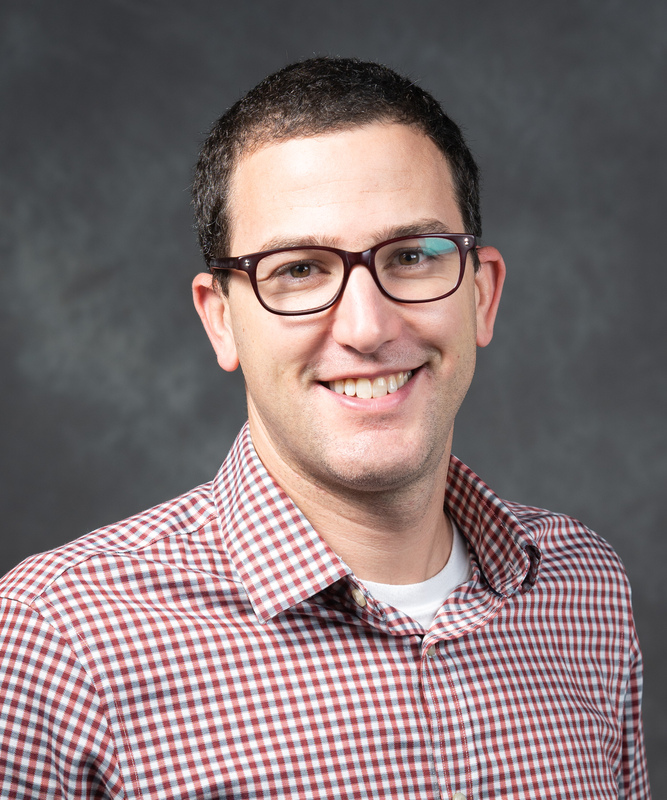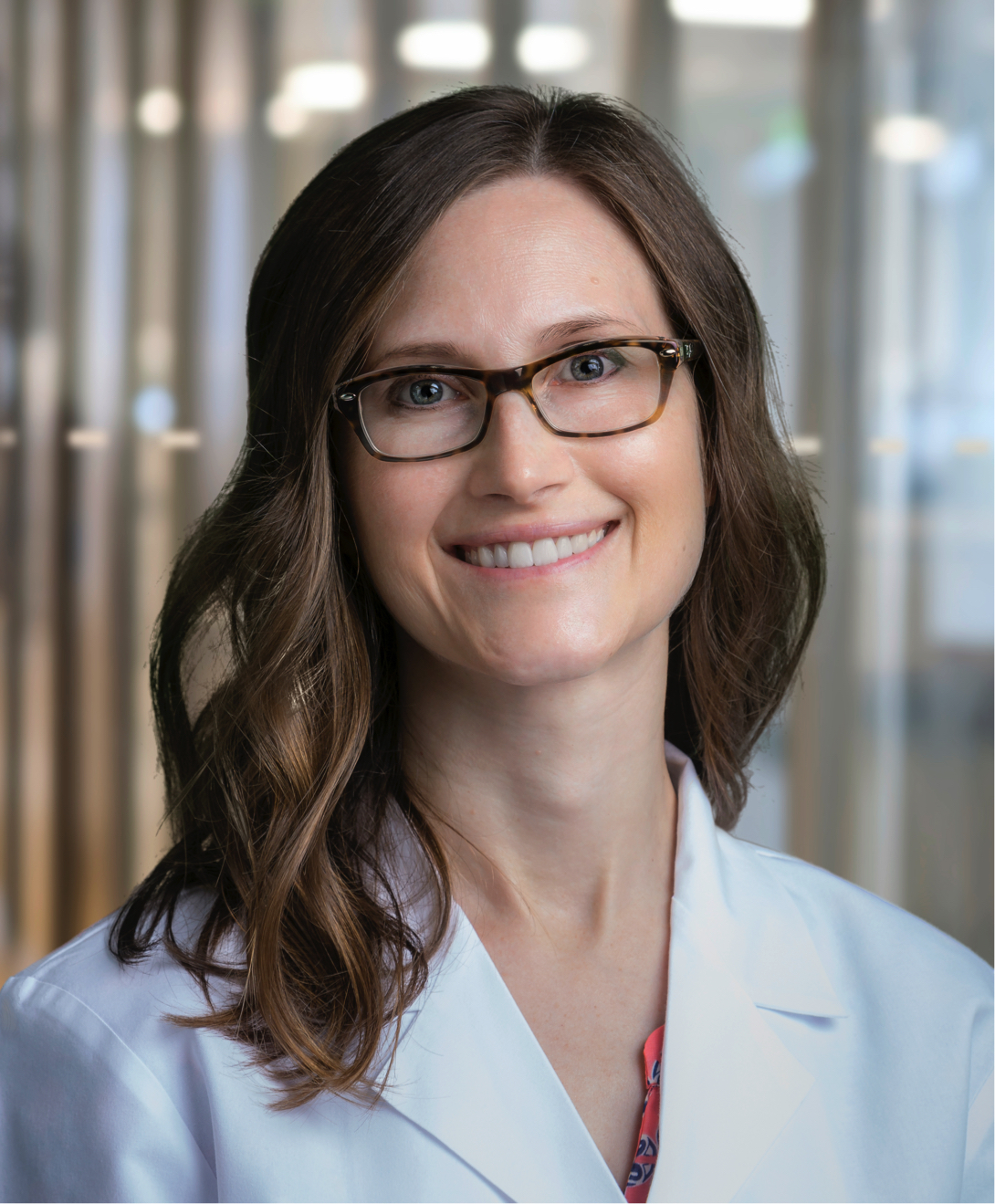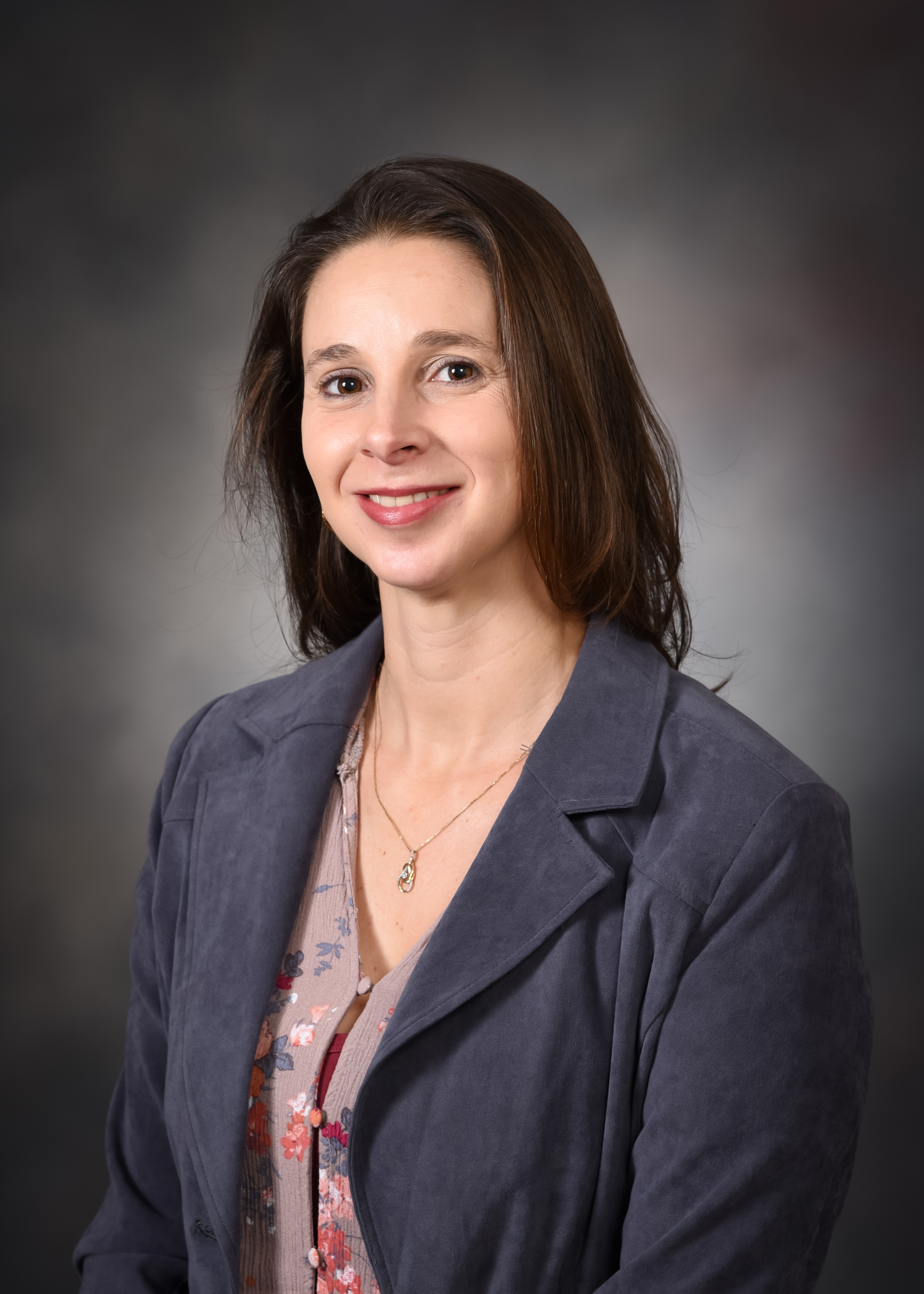Grant Recipients
Targeting altered Ca2+ signaling in cellular senescence to extend healthy longevity
Human life span and health span (years of healthy life) have risen significantly in recent decades. Yet, age is the largest single risk factor for developing a host of diseases, and targeting basic aging processes could delay age-related deterioration of cellular and organismal functions. A common feature of older organisms is the accumulation of senescent cells – cells that have irreversibly lost the capacity to undergo replication. Senescent cells are characterized by activation of the Senescence-Associated Secretory Phenotype (SASP), which includes many pro-inflammatory factors. Excessive production and secretion of SASP is at the basis of age-associated chronic inflammation and aberrant tissue remodeling. Delaying and reducing the accumulation of age-associated senescence holds the potential to enable the development of novel anti-aging interventions. During this project, we will study how calcium signaling is altered in senescent cells, and the potential to develop a novel anti-senescence approach based on this feature.

Marco Demaria, PhD
Big data-guided anti-aging drug discovery and its validation
Although aging is an inevitable process of human life, the rate of physiological deterioration is controllable. Physical exercise, heterochronic parabiosis, nutritional and pharmacological intervention have proven to be successful in slowing the rate of physiological deterioration. To lessen the massive socioeconomic burden of aging, it is imperative to develop safe and easily applicable anti-aging pharmaceutics. Notably, systematic profiling and analysis of previously generated NextGen sequencing data will enable the rapid discovery of new anti-aging pharmaceutics. Dr. Beck's research aims to identify and validate new and effective anti-aging pharmaceutics by taking advantage of big data analytics using a novel transcriptomic biomarker of aging.

Samuel Beck, PhD
What makes clocks tick? Mapping determinants of epigenetic age acceleration in early life
Dr. Cecil studies what makes epigenetic clocks 'tick' in early life. Epigenetic processes, such as DNA methylation, influence gene activity in response to both genetic and environmental influences, and are strongly linked to age. So much so, in fact, that epigenetic 'clocks' have been developed that can accurately predict a person's age. Importantly, being epigenetically 'older' than one’s chronological age in adulthood is a robust risk factor for many age-related diseases and premature mortality. Intriguingly, research from Dr. Cecil’s group has found that these epigenetic clocks already show substantial differences between individuals in early life, sometimes even from birth, raising the possibility that longevity differences apparent in old age may already be influenced by factors occurring at a young age. In this project Dr. Cecil will use data from large, longitudinal birth cohorts to shed light on the early determinants and health outcomes of epigenetic age acceleration during development.

Charlotte Cecil, PhD
Loss of nuclear proteostasis in senescence and aging
Homeostasis refers to an optimal condition constantly maintained by all living organisms. This physiology concept was adopted in molecular biology, including the study of protein homeostasis, or proteostasis. Proteostasis is maintained by multiple mechanisms, including synthesis and degradation of proteins. Loss of proteostasis is a hallmark of aging and is involved in neurodegeneration and many other diseases. Autophagy, literally meaning self-eating, is an important cellular degradation process. While most studies of autophagy focus on the cytoplasm, research from Dr. Dou’s group initiated a new direction to study autophagy degradation of nuclear components. This process is critical in maintaining nuclear proteostasis and in preventing aging and diseases. Dr. Dou and his team plan to investigate how nuclear proteostasis is regulated, with the goal to target it to promote healthy, productive aging

Zhixun Dou, PhD
Intracellular lipid surveillance and nuclear hormone receptor dynamics in age determination
Lipid signaling plays an essential role in the regulation of human physiology and metabolism. Imbalances in lipid homeostasis can negatively impact healthy aging and cells within the organism tightly regulate lipid absorption, production and degradation to accommodate energetic demands and ensure energetic reserves later in life. Dr. Douglas and colleagues recently reported how cells within an animal sense metabolic demand caused by lipid loss and respond by increasing nutrient absorption. While this lipid sensing pathway becomes more active throughout the life of the animal, its role in the aging process is not clear. NHR-49 is the nuclear hormone receptor responsible for triggering this pathway and allowing for healthy aging. The Douglas lab will investigate how different post-translational modifications on this receptor impact lipid sensing and age progression

Peter Douglas, PhD
Uncovering sex-specific epigenetic ageing molecules in response to exercise
In this large-scale project, Dr. Eynon aims to uncover sex-specific biomarkers that slow the aging process. Using advanced bioinformatics and statistical methods, his lab will integrate more than 4000 human muscle samples, and analyze more than half a million molecular profiles in males and females across the human lifespan. He will describe the molecules that change as we age in human muscle at multiple layers of cell regulation. It will provide novel insights into different ways people can preserve their muscle strength and endurance as they age, and how they can optimize their lifestyle to live healthier for longer, depending on their biological sex. With this information, evidence-based, personalized and targeted health interventions that support health aging can be developed, bringing significant economic and social benefits to the world’s population.

Nir Eynon, PhD
A Nanoscale Detection Tool for Senescence
As the body ages, senescent cells accumulate—resulting in inflammation and damage to neighboring cells, and driving multiple chronic diseases. In previous animal model research, genetic and pharmacological elimination of senescent cells was shown to improve health and delay onset of several age-related diseases. However, some significant gaps still exist in the assessment of senescent cell burden, as well as the most effective use of senotherapeutics. Senescent cells display varied gene/protein marker expression based on the cell type and trigger of senescence and hence do not have a universal molecular marker that can be easily tracked. To overcome these challenges, Dr. Gurkar in collaboration with Dr. Bala, a nanoparticle expert, will develop and validate a specific and sensitive Nanoscale Detection tool (NDT) that can identify and map senescent cells, provide insights into the mechanisms of aging, and offer novel strategies to promote healthy aging.

Aditi Gurkar, PhD
Investigating liver-to-brain transmission of cellular senescence during aging
Cellular senescence is an established cause of cell and tissue aging. Senescence is induced by a range of cellular stresses and characterized by a potent pro-inflammatory phenotype, commonly known as the Senescence-Associated Secretory Phenotype (SASP). As a source of chronic inflammation, SASP also promotes tissue aging and disease. Consequently, there is great interest in selectively targeting senescent cells as a strategy to promote healthy aging.
Dr. Jurk proposes to investigate the hypothesis that during aging, accumulation of senescent cells in the liver can transmit senescence to the brain, thereby contributing to brain aging. To do that, she will use innovative transgenic mice models that can either induce senescence or eliminate senescent cells specifically in the liver and study the consequences of these interventions on the brain. Furthermore, she will explore the role of extracellular vesicles as a mechanism mediating liver-to-brain senescence transmission during aging.

Diana Jurk, PhD
Interaction of Rapamycin and Exercise on Healthspan
The overall goal of Dr. Konopka’s laboratory is to use a translational geroscience approach to study the underlying fundamental biology and metabolism of aging. This AFAR/Hevolution supported proposal seeks to understand how the co-prescription of exercise and rapamycin can intervene on skeletal muscle nutrient signaling, mitochondrial bioenergetics and mitochondrial proteostasis to improve healthy aging. While rapamycin and exercise independently improve skeletal muscle health and extend healthy longevity, current dogma indicates rapamycin given continuously or on the same day of exercise attenuates the acute and chronic health benefits of exercise in young mice and humans. Therefore, Dr. Konopka and team aim to close a critical knowledge gap of identifying mechanisms by which alternative rapamycin dosing schemes can harness the positive benefits of both rapamycin and exercise in older mice to further extend healthspan than either treatment alone

Adam Konopka, PhD
Investigating the role of serinogenesis in regulating lipid metabolism
Our ability to properly synthesize, store, and utilize body fat worsens with aging. Consequently, older individuals are predisposed to diseases associated with impaired fat metabolism, including obesity, diabetes, and metabolic syndrome. Interventions that decrease body fat accumulation will improve the overall healthspan. Lowering the dietary intake of sulfur amino acids methionine and cysteine (SAAR) improves many aspects of lipid metabolism in laboratory models. However, formulating the SAAR diet for long-term human consumption is difficult and has only modest effects. Dr. Nichemametla's lab focuses on discovering the SAAR-associated molecular mechanisms and inducing them with drugs. Recent studies from his lab indicate serinogenesis, serine synthesis from non-glucose substrates, as a potential mechanism by which the SAAR diet induces lean phenotype in rodents. In the current proposal, his group will confirm the role of serinogenesis in lipid metabolism and evaluate if it is drug-targetable

Sailendra Nichenametla, PhD
Spatial proteogenomic profiling to determine the impact of senescent neurons on the aging brain
Dr. Orr’s research focuses on the role of cellular senescence in brain aging and disease. Developing dementia is one of the most feared health condition of growing older. Growing evidence suggests that the cause(s) of dementia may begin decades prior to symptoms. Research in the neurobiology of aging, including form Dr. Orr’s laboratory, has revealed a role of senescent cells in brain aging and disease. This proposal will utilize state-of-the art technologies to study senescent human and mouse brain cells at unprecedented resolution and compare them to healthy cells. The comprehensive datasets generated in this proposal will provide critical insights into the role of senescent neurons in brain aging, and information regarding the safety of using senescence-targeted therapies in healthy adults as a neurodegeneration prevention.

Miranda Orr, PhD
Targeting Wound Senescence to Improve Wound Healing in Aging
Although senescent cells accumulate with age and may drive aging and many age-related diseases, senescence can also play significant beneficial roles in tissue repair and regeneration, such as during wound healing. This beneficial senescence response is robust but transient and appears to be essential for normal wound healing. However, much remains unknown on senescent cell identities and their specific functions during wound healing. Dr. Roh’s research project aims to delineate the diverse populations of wound senescent cells and their functional relevance during normal and aged wound healing and to begin to harness the mechanisms of the beneficial wound-senescence response to improve upon delayed healing of aging.

Daniel Roh, PhD
Targeting the epitranscriptome to promote healthy lifespan
Protein synthesis becomes dysregulated as we age. Some types of RNA molecules provide a template for protein synthesis, while others partially comprise the molecular machines performing protein synthesis itself. These RNA molecules carry hundreds of poorly understood chemical modifications, which can influence protein synthesis. In this study, Dr. Schosserer aims to investigate how the chemical modification patterns of different types of RNA change during the aging of nematode worms, human kidney cells, and mice. His group will also engineer specific modifications and test if they can extend worms' healthy lifespan or increase the stress resistance of human kidney cells. If successful, RNA modifications might provide novel biomarkers for the aging process and potential drug targets

Markus Schosserer, PhD
Proper Control of Inflammatory Cell Death during Aging of Brown Adipose Tissue (BAT)
Human studies suggest that loss of brown adipose tissue (BAT) is associated with decreased energy expenditure during aging, but the exact mechanism of BAT loss is not fully understood. This project focuses on determining the basic mechanisms responsible for BAT during aging. In a mouse model of premature aging, Dr. Shinoda found that caspase-1-dependent inflammatory cell death ("pyroptosis") of brown adipocytes is significantly increased, although the activation mechanism is unclear. BAT function and mass decline during chronological aging, and during BAT aging there is a concomitant increase in progenitor markers, indicating loss of brown adipocyte identity. BAT regression can be reversed by the caspase-1 inhibitor VX-765. Based on these findings, Dr. Shinoda formulated the central hypothesis that aging causes brown adipocyte involution via the inflammasome-Casp1 axis and that inhibition of a specific inflammasome protein or Casp1 ameliorates age-related metabolic diseases by preserving BAT.

Kosaku Shinoda, PhD
The Role of Adipose Tissue-Resident γδ T Cells in Age-Associated Inflammation and Metabolic Dysfunction
Adipose tissue dysfunction is linked to metabolic derangements and chronic low-grade systemic inflammation, which are characteristic of the aging process and underlie numerous age-related diseases. This proposal is centered on Dr. Starr’s novel findings that visceral adipose tissue (VAT) of aged mice contains nearly 10-fold more gamma delta (γδ) T cells than young-adult mice. The central hypothesis is that accumulation of γδ T cells in VAT promotes age-associated adipose tissue dysfunction. The manner with which these cells come to accumulate in VAT with age and the mechanisms for their action, specifically in VAT, are not known. In this project, Dr. Starr will investigate how T cells change with aging, including analysis of senescence and metabolic dysfunction. As aging poses the greatest risk for the development of chronic disease, the generated data will aid in the identification of strategies to reduce the burden of a long list of age-related disorders, for which chronic inflammation is a common denominator

Marlene Starr, PhD
Intravital characterization of mitochondrial dysfunction in the aged brain endothelium
The human brain accounts for only 2% of total body mass but requires 20-25% of the body's energy. Energy supply to the brain is regulated through neurovascular coupling (NVC), a process involving intercellular signaling between neurons and microvascular endothelial cells. These cells play a crucial role in maintaining brain homeostasis through their regulation of vasoactive mediators and reactive oxygen species production. In aging, mitochondrial dysfunction can lead to NVC impairment, blood-brain barrier damage, and potential neuronal degeneration. This project aims to understand the impact of age-related changes in brain endothelial mitochondrial function in on neuro-glial-vascular unit function and angiogenic capacity. The study will use novel fluorescent biosensors, metabolic flux analysis, high-resolution respirometry, two-photon microscopy, and ultrafast ultrasound in mice models to monitor metabolic changes in the cerebrovascular system in vivo.

Stefano Tarantini, PhD
Overcoming ovarian failure to extend women's health and lifespan
Why do women live longer than men? This trend doesn't just hold true across human societies, but it extends across the entire evolutionary tree of life, even in species that do not use the same chromosome system as mammals. In many respects, the fundamental biology of aging differs between males and females, meaning that interventions to improve late-life health will most likely be tailored according to sex. In humans, ovarian decline results in menopause and a host of age-related disease including osteoporosis, heart disease and changes in metabolism - in addition to the onset of female infertility, which is a pressing issue for society. Dr. Wu's group previously discovered that increasing levels of a vitamin co-factor called NAD+ could restore female fertility in mice which were older than the normal age of reproduction. Aside from addressing infertility, improving ovarian function could be important to improving the health of older women, lowering their risk of osteoporosis and other diseases. In this project, Dr. Wu will explore new strategies for altering cell metabolism in the ovary to improve women's health in their older years, with an additional focus on improving the health of female cancer survivors, who are at risk of accelerated age-related disease due to chemotherapy treatment

Lindsay Wu, PhD
The synergistic benefits of metformin and senolytics on lifespan and healthspan
Aging represents the leading shared risk factor for a variety of age-related diseases. Most older adults develop multiple chronic conditions at some point in their lives, resulting in poor health, declining function and morbidity. Efforts to compress morbidity period and increase healthspan represent a major priority for aging research. Currently, several interventions such as metformin and senolytics have been shown to increase lifespan in aged mice, as well as improve tissue function at certain ages. In this study, Dr.Xu proposes to test whether the combination of metformin and senolytic treatment can result in longer lifespan and compress morbidity further in aged mice than metformin alone or senolytics alone. He will assess physical function monthly for each mouse, which allows him to better determine their healthspan. This project will likely lay the foundation for clinical trials to improve lifespan and healthspan in older adults.

Ming Xu, PhD